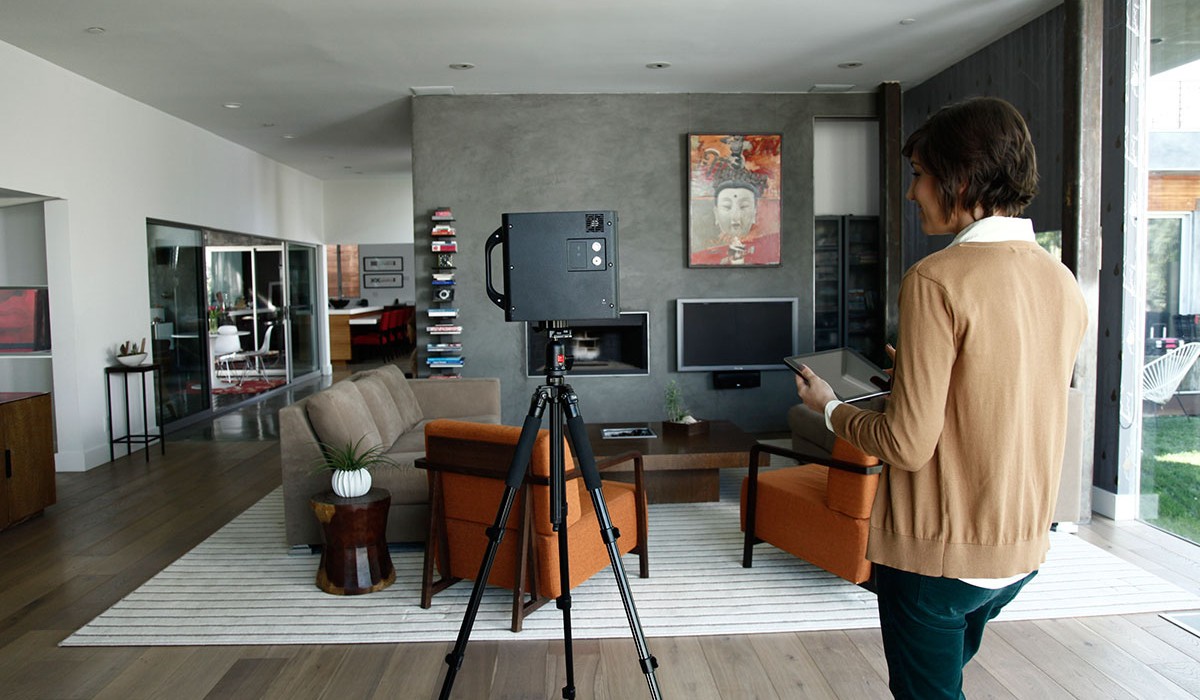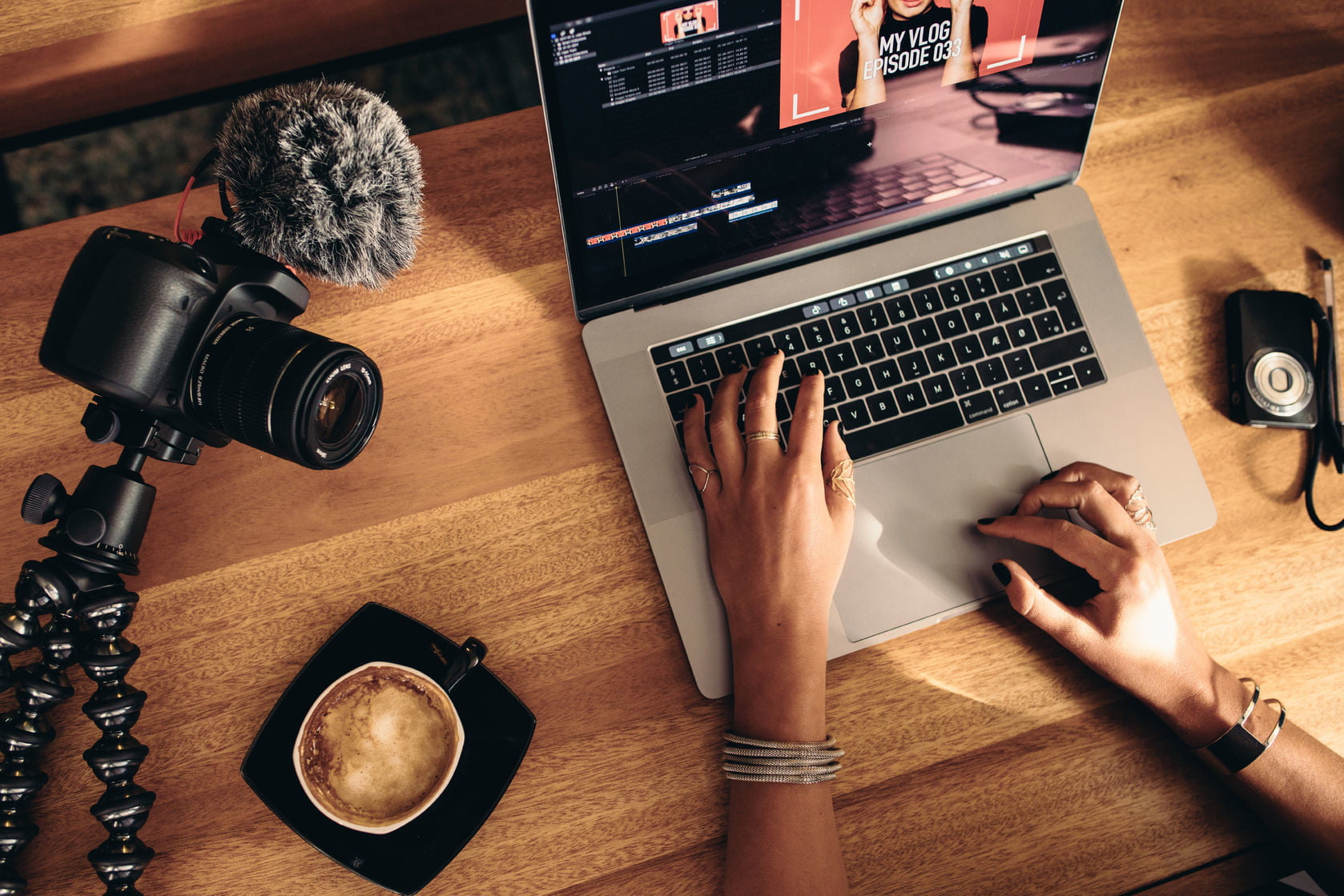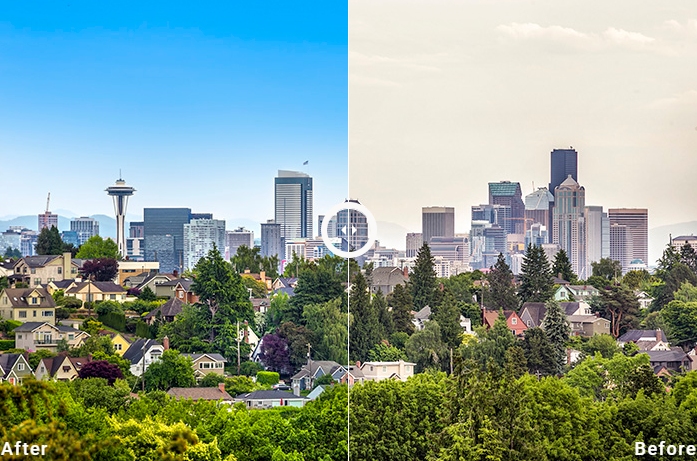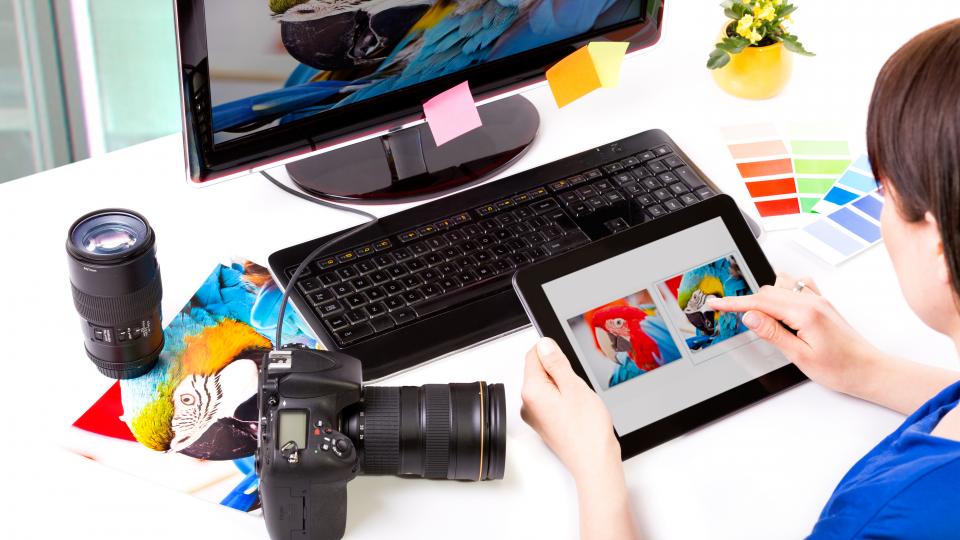Presently, social media is the most powerful tool in the business world. It is also considered as the backbone of digital marketing. Once you use it perfectly, you can build a substantial number of potential customers for your business. The use of it however can be a big waste of time and money if marketers leap directly into its complex framework without even having a concrete plan to follow. This practice will definitely result in total disaster of your personal and business reputation.
Social media sites are perhaps the most effective web platforms that can perhaps boost any businesses. There are different studies that had been made to rank all the social media people are using either for personal or business use. Social media era has been dominated by Facebook which more than a billion users login daily.
Because of the assortment of features of this particular site, Facebook and Facebook Messenger fill the first two spots. You Tube, Instagram, Twitter, and Pinterest, make up the top five social media which people visit daily. It is important to learn how to market using these sites for additional advertising exposure.
How to Market Photographs Using Social Media
There are countless ways to market photographs using the different social media platforms. Boosting a photography business involves various marketing strategies depending on the kind of social media you are using. To boost online visibility, business-minded photographers must always consider the type of photos they are into.
Maintaining a portfolio of the genre of photographs is perhaps a simple yet the best and effective way not to make clients confused of the kind of expertise you have. It is always recommended that photo collections must be updated all the time. Older ones must be replaced by newer ones.
A photographer’s initial assignment is to start the business small but it is important to start it right. Assuming you are a professional photographer, what clients really want is simplicity and commitment. Giving your business a simple name and sharing the best shots on your web page, not mentioning the inclusion of your contact information are keys to boosting your photograph business.
Since it is social media that are being used as channels to the outside world, it is beneficial for you to share the page with your relatives and close friends. Sharing does not end here but rather it is the initial job for every business owner. To gather more followers, tell your friends to invite others.
If a picture can paint a thousand words, then social media writing is also necessary. This is what a photography business needs. When uploading photos to be shared by others for you online presence, consider blogging as an alternative way to make great sales.
How Does Social Media Market Your Photos
Below are the list of top five social media platforms and their unique ways to market your photos.
1. Facebook
Small businesses like photography business cannot really afford the power of Facebook. Almost all consumers use Facebook to search for their favorite local photography business. To market your photograph using Facebook, it is mandatory to create your Facebook page.
Take note that this page is not the same as a regular Facebook profile page. This is intended specifically for businesses. This is used to interact to other users which is why perfecting your business page is what you need.
You also need to share to make connections. You need to check “Build Audience” found in the Admin’s Page. It is also advisable to engage and make connections with your followers using Facebook Offers and Promoted Posts.
2. YouTube
To monetize photographs using YouTube, learning how to create a channel to attract subscribers will be the focal point of the marketing strategy. It is required to brand the page and customize the content to gain viewers. Learning SEO techniques in optimizing videos are what search engines needed.
3. Instagram
Instagram is one of the easiest platforms to market photographs. All you need to do is post a square photo or video and tag, add caption or both. When using hashtags, it increases exposure but everything boils down to the kind of photo added.
When marketing photos using Instagram, list the particular city where the photo was taken. Indicate also the type of photography, equipment used, brand and other important details like the aspect of photo using broad terms, its ratio and the likes.
Tagging your clients, sharing blog posts, consistent posting and updating profiles are other things to be considered when using Instagram.
4. Twitter
In marketing your photos using Twitter, use Twitter Chats. This is to gain followers and awaken the untapped market. Twitter Chats allows you to see how marketers participate in engaging on the social network. All you need to do is reply to other chatters consistently and politely. Always use @ and mention them so that notifications will be received.You also need to plan ahead instead of waiting for days to start campaigning. Follow any photograph trending and send out content like events and make people broadcast these events.
5. Pinterest
Very common to all social media sites is the creation of a business account. After which, add the Pinterest browser button to the browser you are using. In using this platform, you need to have a Pinterest Board. Optimize each pin created using keywords, links, hashtags and categories.
These images and photos must be watermarked to protect them. Using storyboards and client testimonial will even work wonders in the marketing of your photos. Encouragement is also important by letting other people pin your images.
















